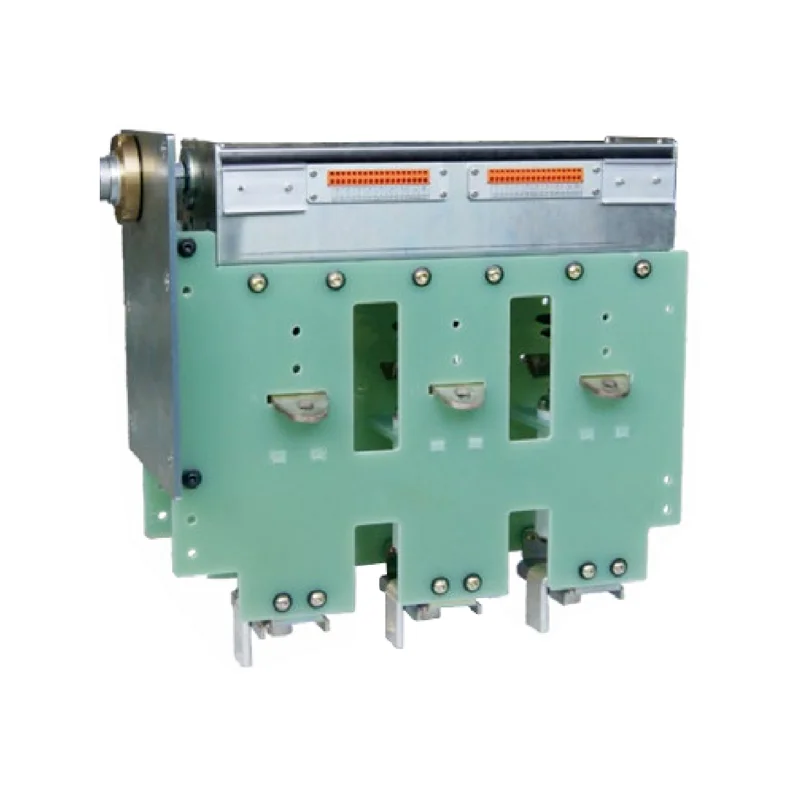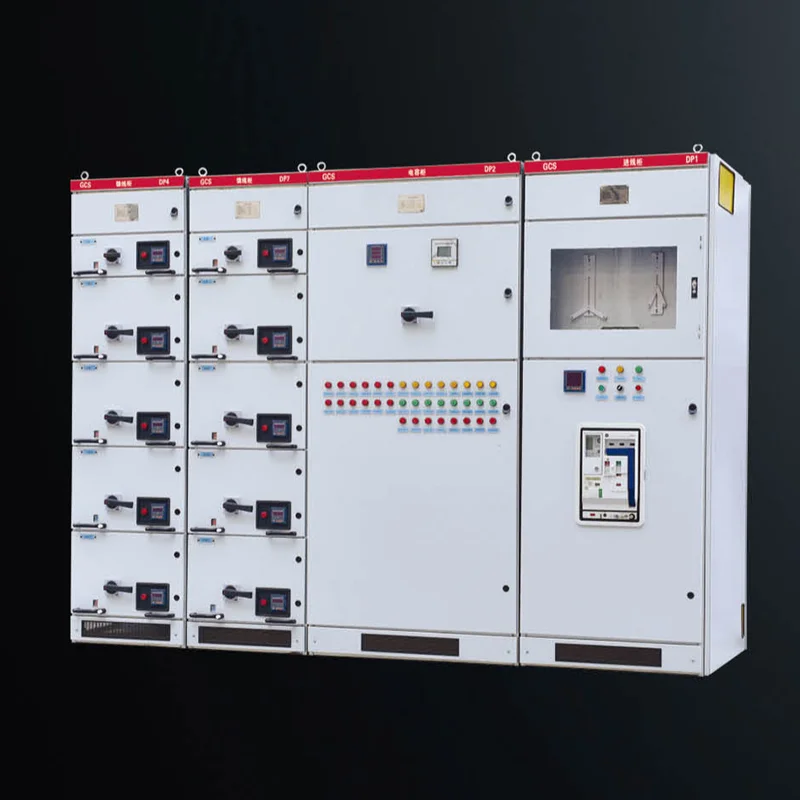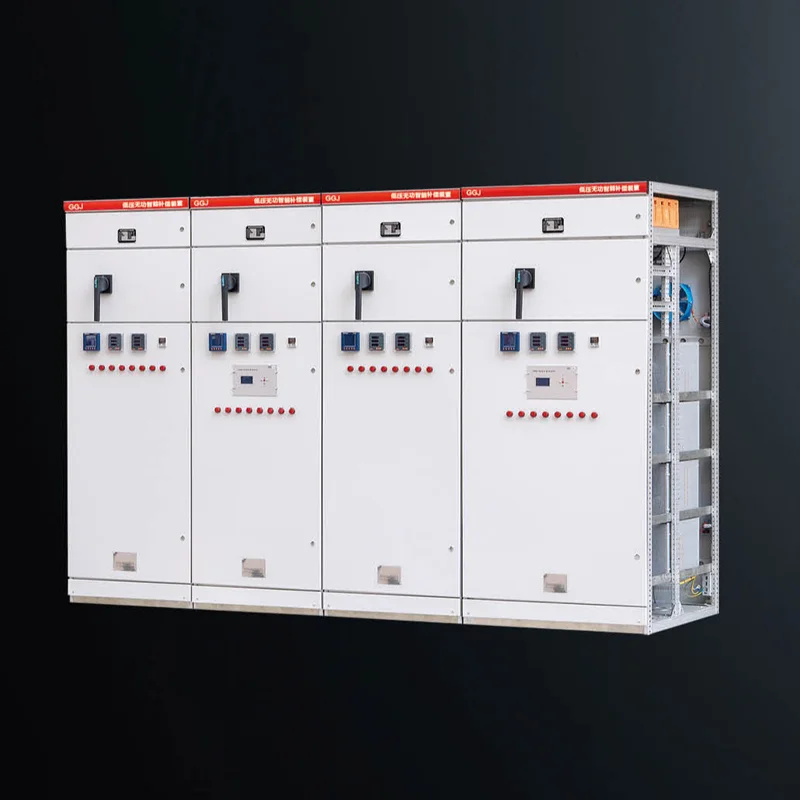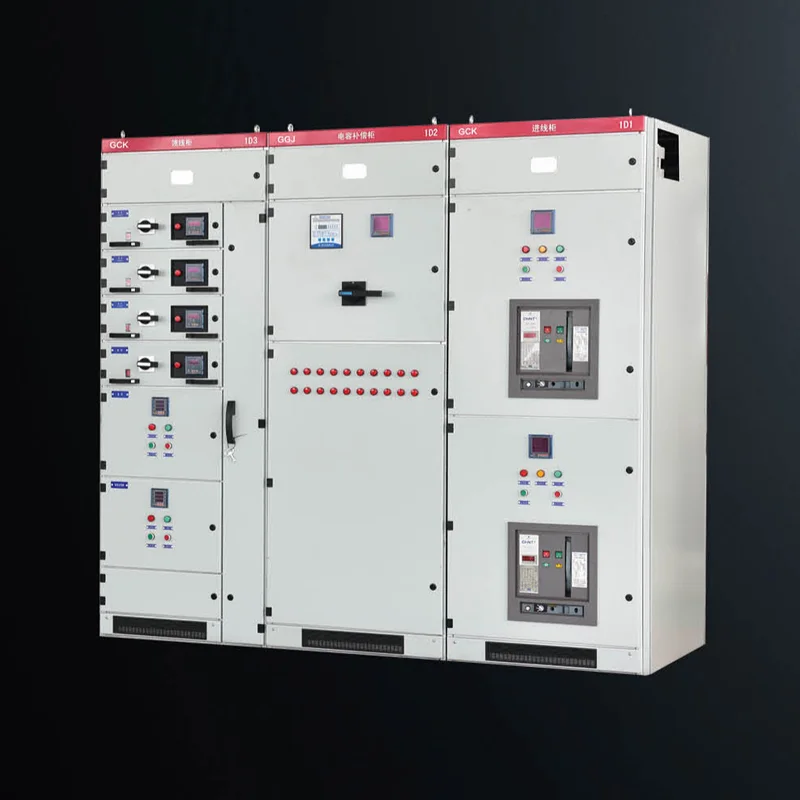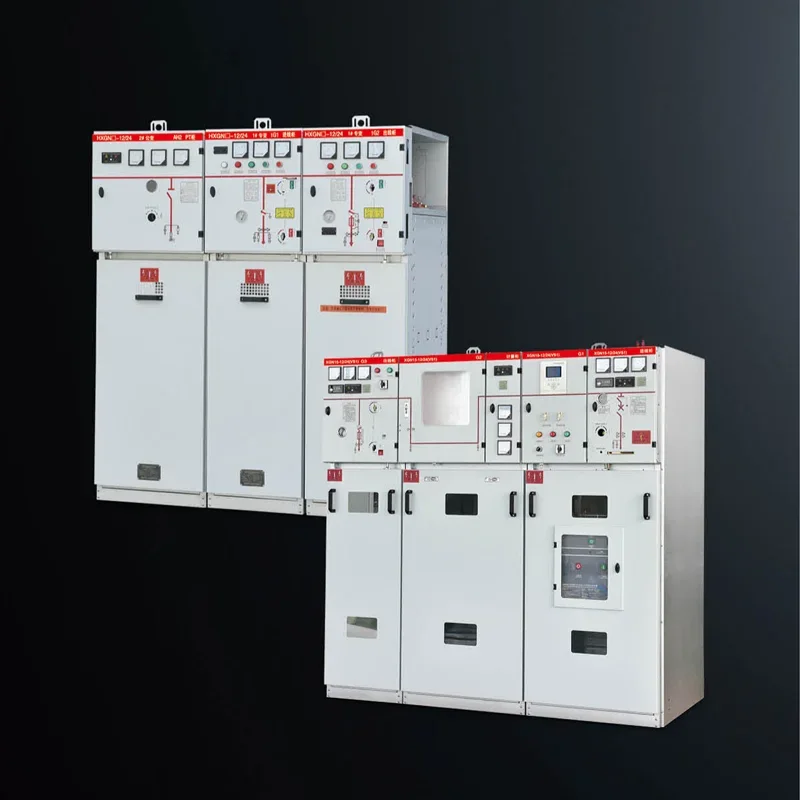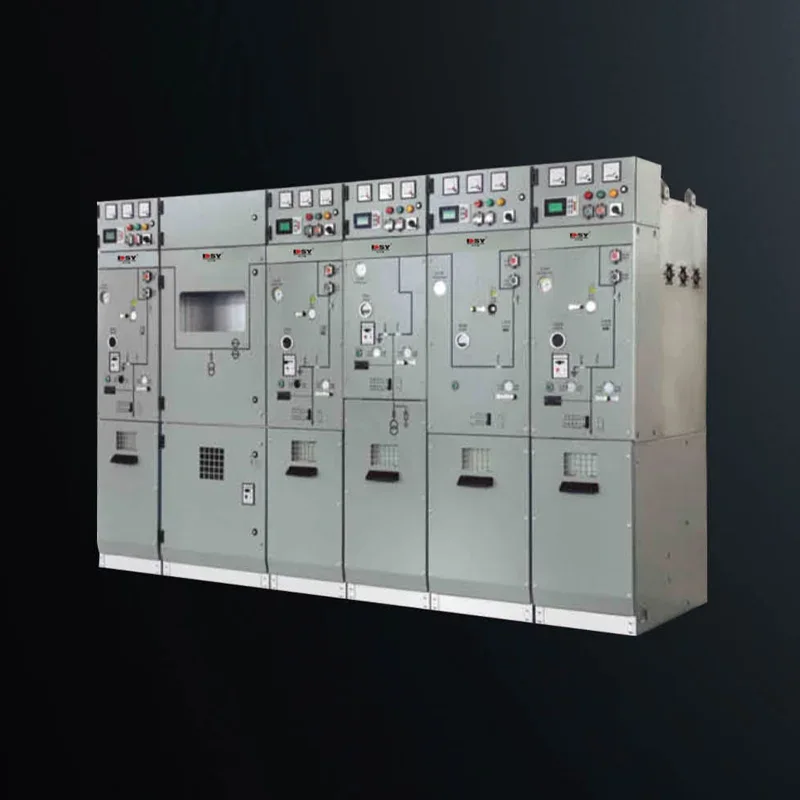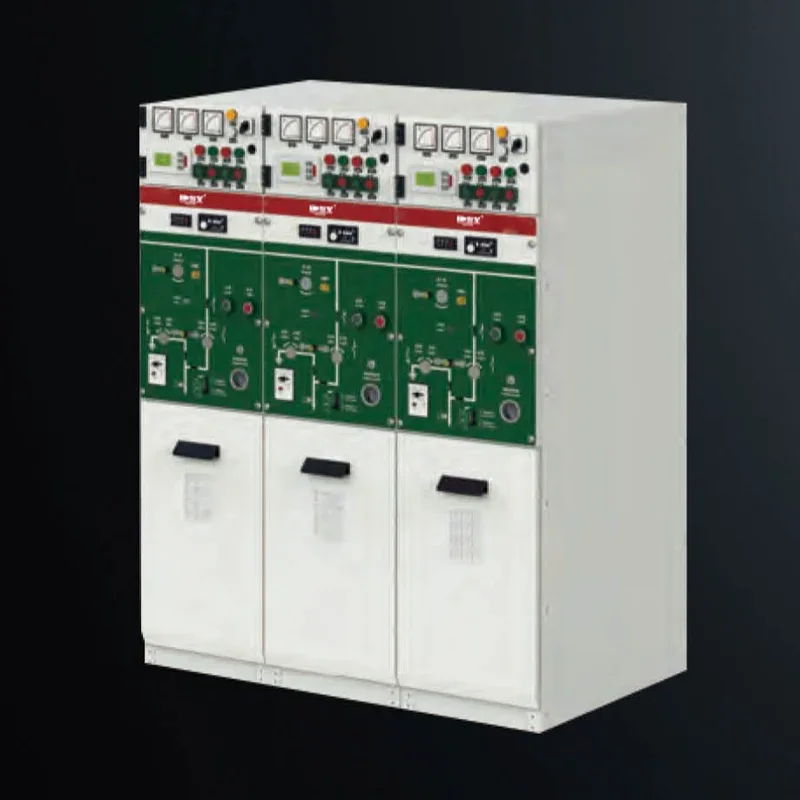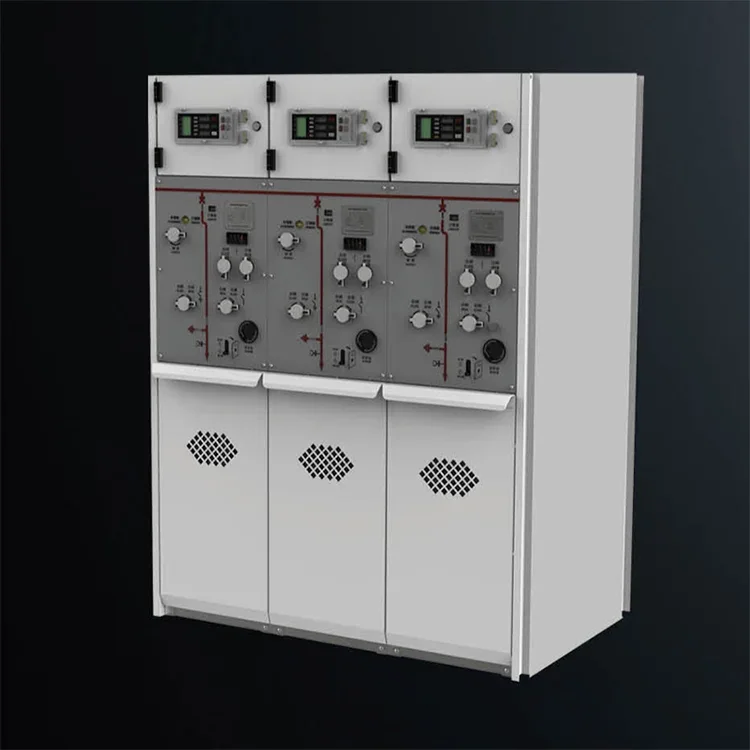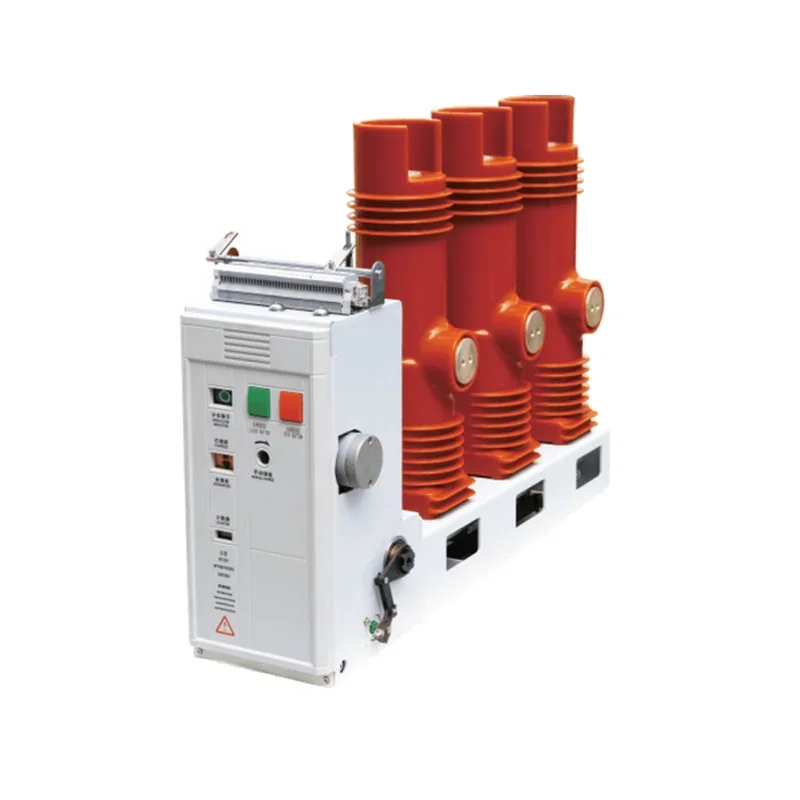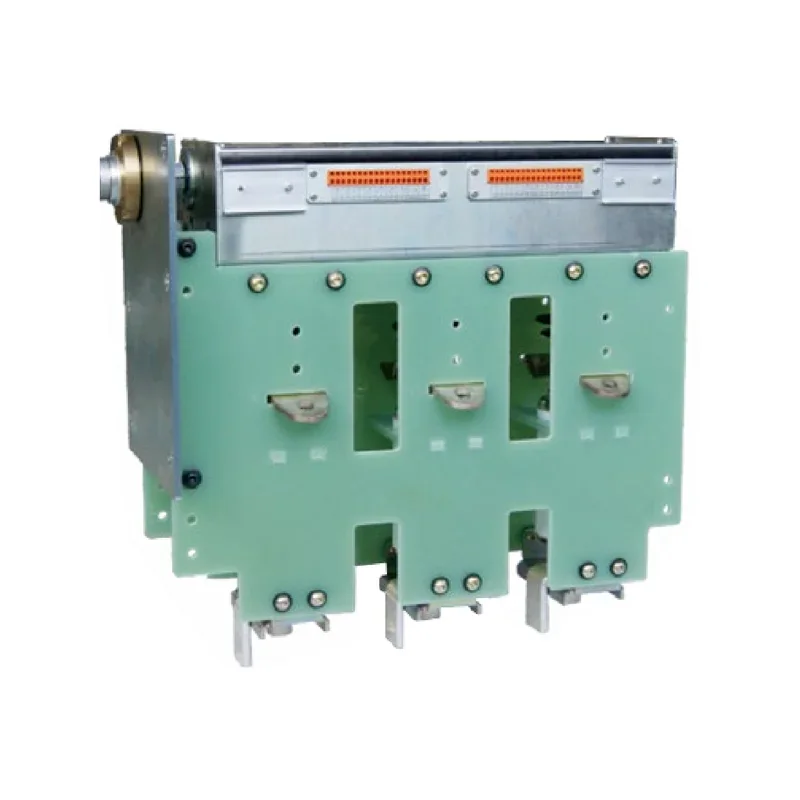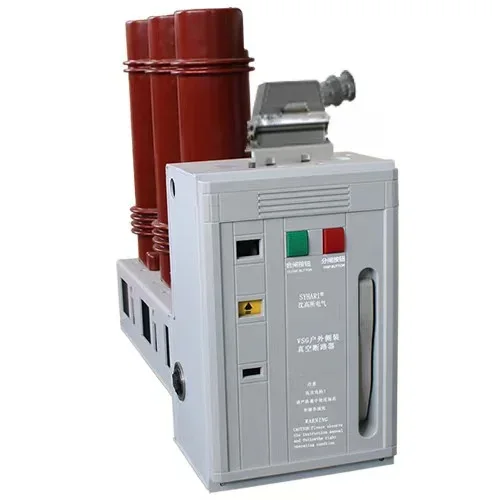Understanding the Importance of Paralleling Switchgear in Modern Electrical Systems
Understanding the Importance of Paralleling Switchgear in Modern Electrical Systems Table of Contents 1. Introduction to Paralleling Switchgear 2. What is Paralleling Switchgear? 3. The Importance of Paralleling Switchgear in Electrical Systems 4. Common Applications of Paralleling Switchgear 5. Key Components of Paralleling Switchgear 6. Benefits of Using Paralleling Swit
May 07,2025
Understanding the Importance of Paralleling Switchgear in Modern Electrical Systems
Table of Contents
- 1. Introduction to Paralleling Switchgear
- 2. What is Paralleling Switchgear?
- 3. The Importance of Paralleling Switchgear in Electrical Systems
- 4. Common Applications of Paralleling Switchgear
- 5. Key Components of Paralleling Switchgear
- 6. Benefits of Using Paralleling Switchgear
- 7. Technological Advancements in Switchgear
- 8. Challenges and Considerations
- 9. Conclusion
- 10. Frequently Asked Questions
1. Introduction to Paralleling Switchgear
In today's high-demand electrical environments, the need for reliable and efficient power distribution is paramount. **Paralleling switchgear** has emerged as a crucial component in modern electrical systems, facilitating the seamless integration of multiple power sources. This article delves into the intricacies of paralleling switchgear, uncovering its importance, applications, components, and the benefits it brings to electrical systems.
2. What is Paralleling Switchgear?
Paralleling switchgear refers to a specialized assembly of electrical devices used to connect and manage multiple generators and power sources. This system not only enables the sharing of loads among various sources but also ensures that there is no risk of overload. The switchgear's primary functions include **protection**, **control**, and **monitoring** of electrical power systems.
2.1 Key Functions of Paralleling Switchgear
The primary functions of paralleling switchgear include the following:
- **Load sharing**: Distributing electrical loads among multiple generators to maximize efficiency and minimize wear.
- **Power management**: Ensuring that power is supplied to critical systems even during peak demand or generator failure.
- **Protection**: Safeguarding both the electrical systems and their components from overloads and short circuits.
3. The Importance of Paralleling Switchgear in Electrical Systems
The significance of paralleling switchgear cannot be overstated. In an era where reliability and efficiency are critical, this technology plays an essential role in maintaining operational continuity.
3.1 Enhancing Reliability
Paralleling switchgear enhances the **reliability** of electrical systems by providing redundancy. In case one generator fails, others can take over, ensuring that there is no interruption in power supply.
3.2 Improving Efficiency
By allowing multiple generators to operate simultaneously, paralleling switchgear optimizes fuel consumption and reduces operational costs. This shared load approach ensures that each generator operates within its ideal load range, which enhances its lifespan.
3.3 Supporting Scalability
Modern electrical demands often require scalable solutions. Paralleling switchgear allows for the easy addition of new generators or power sources as needed, making it an ideal choice for growing businesses or facilities.
4. Common Applications of Paralleling Switchgear
Paralleling switchgear finds its application in various industries, reflecting its versatility and importance.
4.1 Data Centers
In data centers, where uptime is critical, paralleling switchgear ensures uninterrupted power supply, protecting sensitive equipment from outages.
4.2 Hospitals
Hospitals rely on paralleling switchgear to maintain power to life-saving equipment, ensuring that critical services remain operational at all times.
4.3 Industrial Facilities
Manufacturing plants often employ paralleling switchgear to maintain operational efficiency, especially in large-scale operations that require substantial power.
4.4 Telecommunication Sites
Telecommunication sites utilize paralleling switchgear to ensure that networks remain online, providing consistent service to users.
5. Key Components of Paralleling Switchgear
Understanding the components that make up paralleling switchgear is essential for grasping its functionality.
5.1 Control Panels
Control panels are the nerve center of paralleling switchgear, facilitating the management of multiple generators and monitoring their performance.
5.2 Circuit Breakers
Circuit breakers protect electrical circuits from overloads and faults, ensuring the safety of the system.
5.3 Synchronizing Equipment
This equipment ensures that generators are operating in sync, preventing issues that arise from phase differences.
5.4 Distribution Busbars
Busbars distribute power from the generators to various loads within the electrical system, ensuring efficient power distribution.
6. Benefits of Using Paralleling Switchgear
The adoption of paralleling switchgear comes with a multitude of benefits that enhance the overall performance of electrical systems.
6.1 Cost-Effectiveness
Investing in paralleling switchgear can lead to significant savings in fuel and maintenance costs due to efficient operation.
6.2 Increased Lifespan of Equipment
By distributing loads effectively, paralleling switchgear helps in prolonging the lifespan of generators and associated equipment.
6.3 Enhanced Safety Features
Paralleling switchgear includes sophisticated safety features that protect against electrical faults, thereby reducing risks associated with power generation.
6.4 Flexibility and Control
These systems offer operators extensive control over power sources, allowing for real-time adjustments based on demand and condition.
7. Technological Advancements in Switchgear
The field of paralleling switchgear has seen remarkable technological advancements that further enhance its effectiveness.
7.1 Automation and Remote Monitoring
Modern paralleling switchgear systems often integrate advanced automation features, enabling remote monitoring and control, which reduces the need for manual oversight.
7.2 Integration with Smart Grid Technology
As the world moves towards renewable energy and smart grids, paralleling switchgear is evolving to integrate seamlessly with these technologies, enhancing overall grid reliability.
7.3 Enhanced Communication Protocols
Improved communication protocols allow for better coordination between generators and loads, optimizing performance and efficiency.
8. Challenges and Considerations
While paralleling switchgear offers numerous benefits, it is essential to consider certain challenges.
8.1 Initial Investment Costs
The upfront costs of purchasing and installing paralleling switchgear can be significant, requiring careful budgeting and financial planning.
8.2 Complexity of Systems
The complexity of paralleling switchgear systems necessitates skilled personnel for operation and maintenance, which can be a barrier for some organizations.
8.3 Maintenance Requirements
Regular maintenance is crucial to ensure optimal operation, which can lead to additional operational costs.
9. Conclusion
In conclusion, paralleling switchgear plays a pivotal role in modern electrical systems, offering reliability, efficiency, and safety. As industries continue to evolve and demand for power increases, the importance of these systems will only grow. Understanding their functions, benefits, and challenges is essential for professionals in the electrical field. Embracing the advancements in technology will further enhance the capabilities of paralleling switchgear, paving the way for a more efficient and reliable electrical future.
10. Frequently Asked Questions
10.1 What is the primary purpose of paralleling switchgear?
The primary purpose of paralleling switchgear is to connect and manage multiple power sources, ensuring load sharing, protection, and reliability in electrical systems.
10.2 How does paralleling switchgear improve reliability?
By providing redundancy, paralleling switchgear allows other generators to take over in case one fails, ensuring continuous power supply.
10.3 What industries commonly use paralleling switchgear?
Common applications include data centers, hospitals, industrial facilities, and telecommunication sites.
10.4 What are the key components of paralleling switchgear?
Key components include control panels, circuit breakers, synchronizing equipment, and distribution busbars.
10.5 Are there any challenges associated with paralleling switchgear?
Yes, challenges include initial investment costs, complexity of systems, and maintenance requirements.
Related News
The difference between circuit breakers and vacuum circuit breakers
Circuit breaker is an abbreviation for pole type circuit breaker. Circuit breakers are also vacuum circuit breakers
Voltage regulators are required for various places that require voltage control, such as controlling lighting

